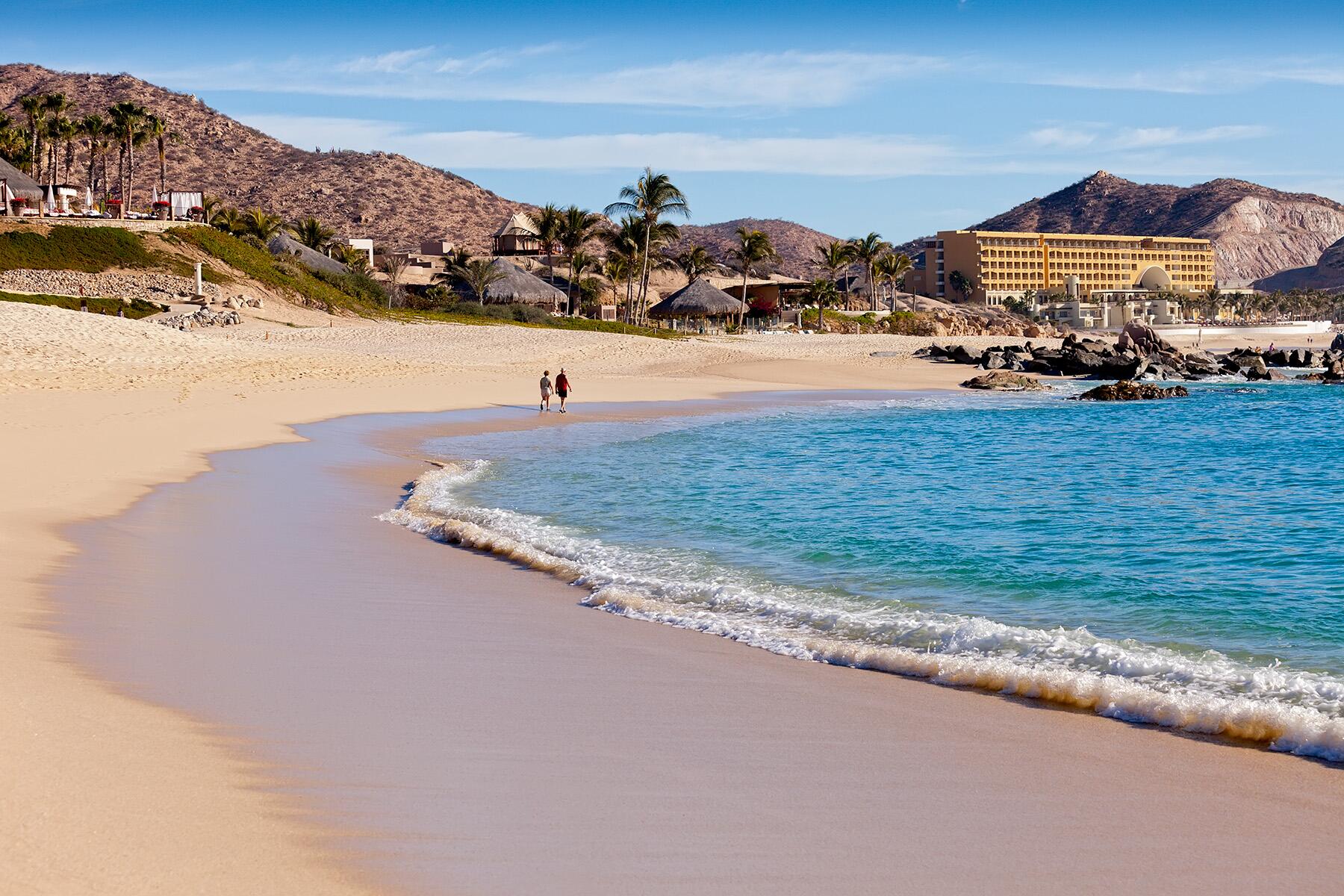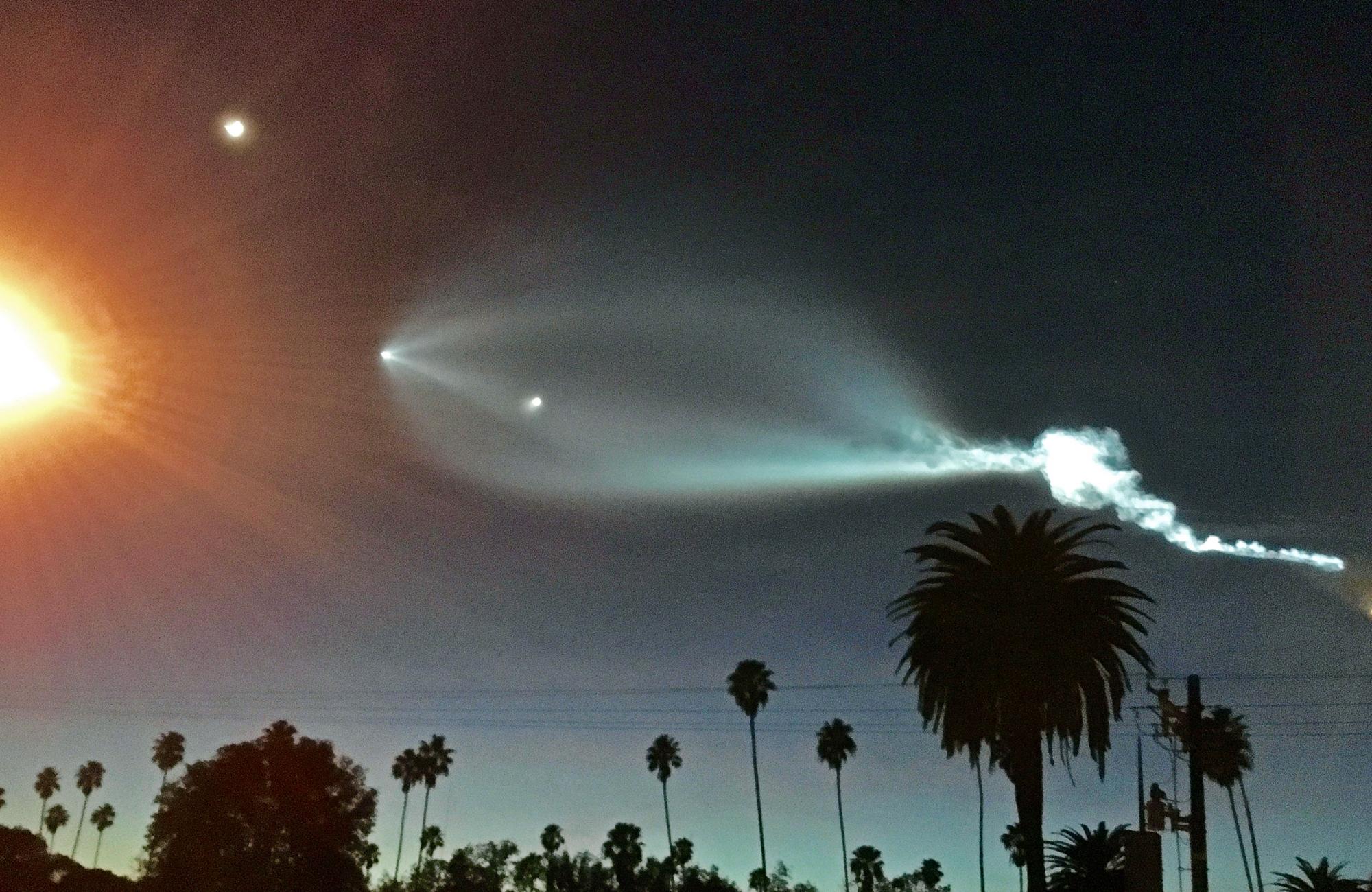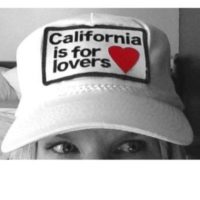Southern California’s long, rich history in aviation, space defense, and UFOs includes beautiful locations, military experiments, and bizarre characters.
During the Cold War, Southern California was home to most of the U.S. aerospace companies. In the 1970s, commercial aviation companies were booming in the region. But its significant and often strange history of space-related exploration, defense, and commerce began much earlier, and includes scientifically significant telescopes, unexplained air raids, and an occultist rocket scientist. From mountains to ocean to desert, here are 11 SoCal locations pertinent to how we currently view our place in the universe.
Mount Wilson Observatory
So much of SoCal’s space-related history starts near Pasadena, California. On a peak in the San Gabriel Mountains sits the Mount Wilson Observatory, home to two telescopes and three solar viewers. The 60-inch telescope was completed in 1908. For a time it was the largest in the world, and it is still considered one of the most important image-providing devices ever. If that achievement wasn’t enough, the 100-inch Hooker telescope, completed in 1917, provided two of the most stunning results in astronomic history. It was on the Hooker that Edwin Hubble (of the Space Telescope) discovered that space exists beyond the Milky Way, and that our universe is expanding. Tours are available daily, with the solar viewer and 60-inch telescope accessible to the public.
INSIDER TIPThe drive up to Mount Wilson is breath-taking, with panoramic views of Los Angeles on one side and lush forestry on the other. The Angeles Crest Highway is twisty-turny, so night, winter, and rain driving requires extra caution.
Devil's Gate Dam
Jack Parsons was a brilliant amateur chemist with a dangerous mix of curiosity and bravado. Parsons, with Ed Forman and Frank Malina, conducted rocket experiments near the Devil’s Gate Dam in the Arroyo Seco canyon. While furthering the possibilities of space exploration, Parsons became an occultist, conducting very different kinds of experiments (like magic rituals and summoning gods). So it is not coincidental that the rock formation at the Dam looks like a menacing devil head. It’s accessible by a short, easy (just a little slippery when wet) hike down into the canyon.
INSIDER TIPThe trio conducted tests on Halloween 1936. This is considered the founding date of their Caltech-affiliated laboratory, JPL. Every Halloween, Parsons fans gather at the Arroyo to celebrate both this occasion as well as his other esoteric interests (not for children or the faint of heart).
Recommended Fodor’s Video
Jet Propulsion Labratory
NASA’s Jet Propulsion Laboratory (JPL) in Pasadena, California is most recognizable from media coverage of the Mars Curiosity rover landing and the final transmissions of Cassini; cameras in the control room (a National History Landmark) have given viewers a front row seat to the intricate and intense inner-workings of the lab’s exciting projects. JPL is responsible for building and operating robotic spacecraft that have changed human perception of what lies far beyond our planet. Thanks to this federally-funded facility, we have images of planets, asteroids, moons, and the beauty of galaxies. JPL offers weekly group and individual tours that include the control room as well as research and development buildings on the lovely, walkable campus.
Goldstone Deep Space Communications Complex
The Mojave Desert is home to ghost towns, off-grid communities, hearty ancient nature, and five massive antennas that communicate with the skies. The GDSCC is one of three international complexes in the Deep Space Network. In combination with antennas in Madrid, Spain, and Canberra, Australia, the DSN gets universal full coverage. Doubling as telescopes that can pick up radio emissions, should an intelligent life form reach out, Goldstone will likely be the receptor. It’s where for some, science and imagination meet. The NASA Goldstone Visitor Center is located in the Harvey House in Barstow and admission is free.
Armstrong Flight Research Center
Formerly known as the Dryden FRC, this is where the booms go sonic. Located on Edwards Air Force Base in Kern County, AFRC researches and tests next-level aircraft. If it’s stealthy, speedy, or looks like something from Star Wars, it likely lives here. Given its location in the desert with plenty of room and little interference, projects at AFRC get loud and fiery. It also limits visitation (as did budget cuts). Public tours of the Edwards Air Force Base that include the Air Force test center museum run monthly and fill up quickly.
Griffith Observatory
One of Los Angeles’ most famous tourist attractions is one of the world’s greatest public astronomy facilities. The Griffith Park Observatory sits on Mount Hollywood, allowing its infamous Art Deco domes to be visible from the L.A. basin. The campus houses a planetarium, many exhibits (including a 1910 Tesla coil), and a space-themed café. During specific sky events, the Observatory buzzes with educational programs and viewing opportunities. Admission is always free.
INSIDER TIPFrom ‘The Phantom Empire’ (1935) to ‘La La Land’ (2016), the site is film favorite for its architecture and vistas. Most notably, ‘Rebel Without a Cause’ (1955) cemented its international recognition, so a bust of James Dean was installed on the campus.
Valhalla Memorial Park Cemetery
An otherwise unassuming cemetery in North Hollywood, Valhalla Memorial Park Cemetery reserved all its elaborate Mission Revival adornment for an area dedicated to aviators and their contributions to flight, space exploration, and entertainment. The Portal of the Folded Wings Shrine to Aviation is a marble wonder of mosaics and statues, with memorial tablets for those buried beneath. From pioneer pilots and plane designers to three of the first females in flight, the shrine is as much a history lesson as it is a resting place.
INSIDER TIPOther old Hollywood legends at rest in Valhalla include Oliver Hardy (‘Laurel and Hardy’), “Curly Joe” DeRita (‘The Three Stooges’), and the Amazing Criswell.
California Science Center
The California Science Center’s Air and Space Gallery is home to an extraordinary collection that includes an Apollo spacesuit, Gemini 11 capsule, and Apollo-Soyuz command module. The crown jewel of the gallery, however, is the Space Shuttle Endeavour. Endeavour flew 25 missions into space, including one to the Hubble Space Telescope, from 1992 through 2011. A massive external tank built for the shuttle program, ET-94, was recently added to this special exhibition. The California Science Center is now the only place in the world with a complete shuttle stack: an orbiter, external tank, and solid rocket boosters.
Space Exploration Technologies Corp.
In the mid-20th century, the region around LAX was vibrant with aviation and aerospace companies like Lockheed and Rockwell. Most of those companies closed, moved, or merged. Now advancing that area’s legacy with its aggressively progressive mission is SpaceX, Elon Musk’s space tech behemoth. That impassioned mission is no secret: SpaceX wants humans to inhabit other planets. A branding expert, Musk made sure the exterior of the Hawthorne campus look as important and exciting as work going on inside.
Columbia Memorial Space Center
Perfect for the whole family, the Columbia Memorial Space Center in Downey sits on the former plant where Apollo modules were built. It offers hands-on activities (including a day-long rocket celebration every summer) focusing on robotics and engineering. The Challenger Learning Center simulates a space mission and allows participants to experience different roles from controllers to astronauts. As part of its museum pieces, the Apollo Boiler Plate 12 test vehicle is on display at the entrance. The CMSC serves as the official national memorial to the Space Shuttle Columbia.
Battle of Los Angeles
What happened on the night of February 24, 1942, remains a mystery today. Was Los Angeles about to be attacked in another Japanese World War II initiative? Or was an alien invasion imminent? California’s west coast was heavily fortified in the aftermath of Pearl Harbor, with San Pedro’s Fort MacArthur being particularly on guard. Reports of unidentified objects in the sky triggered a citywide blackout and a military response, including anti-aircraft firepower, which continued into the morning. An attacker was never identified. The Fort MacArthur Museum hosts a yearly reenactment of the “Great Los Angeles Air Raid” which celebrates the history and mystery of that night.





